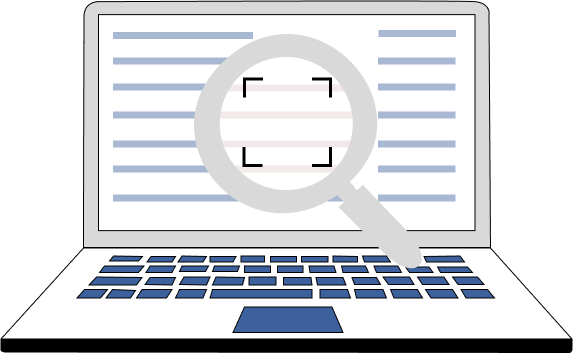Optical Character Recognition has been a valuable tool for businesses for decades, enabling them to extract text from images and documents. However, while OCR can be a powerful asset, it’s crucial to recognize its limitations and understand that it’s often not sufficient on its own to meet the needs of modern organizations.
OCR’s key limitations include:
- Accuracy Limitations: While OCR technology has advanced significantly, it’s still not perfect. Factors like image quality, handwriting variations, and complex layouts can impact accuracy rates. Errors in extracted text can lead to incorrect data entry, misinterpretation of information, and ultimately, business inefficiencies.
- Lack of Contextual Understanding: OCR can extract text from images, but it cannot understand the context of that text. For example, OCR might recognize the word “apple,” but it wouldn’t know whether it’s referring to a fruit, a technology company, or something else entirely. This lack of contextual understanding can hinder data analysis and decision-making.
- Data Extraction Challenges: OCR might still struggle with certain document types, such as handwritten text, heavily stylized fonts, or documents with complex layouts or layouts that change frequently. These challenges can make it difficult to extract accurate and complete data, limiting the usefulness of the OCR process. Making the process of OCR automated without using other technology would include adding hundreds or thousands of rules by hand. Even then, documents would still have to be screened.
- Integration Difficulties: Integrating OCR into existing business workflows can be complex. Ensuring compatibility with different document formats, data storage systems, and other applications can require significant technical expertise and resources.

Consider combining OCR with other technologies and approaches:
- Natural Language Processing: NLP can help interpret the meaning and context of extracted text, improving data accuracy and enabling more sophisticated analysis.
- Machine Learning: Machine learning algorithms can be trained to recognize patterns and improve OCR accuracy, especially for challenging document types.
- Human Validation: Employing human reviewers to verify and correct OCR output can ensure data quality and prevent errors from impacting business processes.
- Data Quality Management: Implementing robust data quality management practices can help identify and address issues related to OCR accuracy and data integrity.
By understanding the limitations of OCR and leveraging complementary technologies, businesses can harness the power of OCR while mitigating its risks and achieving more comprehensive and accurate data extraction and analysis.
How ICG Works With OCR’s Limitations
ICG specializes in creating customizable and configurable back-office technology, and the process of implementing OCR is no different. Using Large Language Models, ICG can discern different documents within a submission, identify invoices versus non-invoices/supporting documentation, and automatically separate different invoices within a file. Pairing OCR with AI and machine learning allows for continuous improvement over time.
In addition to capturing the header information at exceptional accuracy rates, ICG has a built-in recursive learning model that compares data from the paid transaction within the ERP to data initially captured on an invoice. The system automatically creates vendor-based rules to enhance accuracy further if there are differences. These vendor-based rules are not manually created templates, but automated rules systematically created and applied through ongoing learning.
Learn more about ICG’s OCR solution by reaching out here. Or, request a free demo to see OCR or any of ICG’s other solutions in action.
